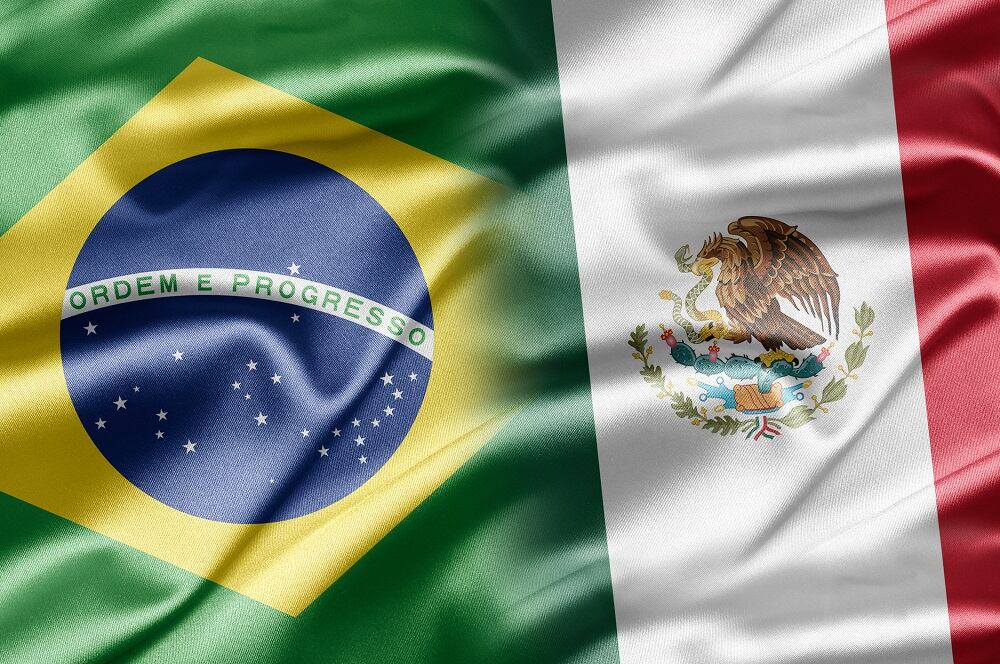Acrylamide is formed during by heat-induced reaction between sugar and an amino acid called asparagine. Known as the Maillard reaction, this process is responsible for the brown color and tasty flavor of baked, fried and toasted foods.
The compound first hit the headlines in 2002, when scientists at the Swedish Food Administration first reported unexpectedly high levels of acrylamide, found to cause cancer in laboratory rats, in carbohydrate-rich foods.
Since the Swedish discovery, a global effort has been underway to amass data about this chemical and the food industry has a toolbox of solutions to mitigate the formation of acrylamide.
Approaches already used by the food industry to help reduce acrylamide levels include converting asparagine into an impotent form using an enzyme, binding asparagine to make it inaccessible, adding amino acids, changing the pH to alter the reaction products, cutting heating temperatures and times, and removing compounds from the recipe that may promote acrylamide formation.
The challenge and the solution
“The challenges [in Latin America for acrylamide] remain the same as for other food manufacturers around the world. The acrylamide levels in processed foods depend on recipes, raw materials, process variations, time/temperature parameters, and other variables,” explained Fabricio Leal Rocha, regional marketing manager for Novozymes.
Novozyme's Acrylaway is one of the solutions available to formulators. The enzyme works by converting asparagine into aspartic acid, thereby preventing it from being converted into acrylamide. The effect is a reduction in acrylamide in the final product by over 90%.

“The industry has a wide range of solutions to reduce these levels, however, some do alter color, taste, and even appearance,” added Rocha. “This is what makes the enzyme asparaginase unique – Novozymes’ Acrylaway –, as it reduces up to 95% of acrylamide content in a broad number of applications – without affecting the quality, taste, and appearance of foods.
“Just like elsewhere, such as in Europe and in the U.S., food manufacturers throughout Latin America are heavily engaged to reduce acrylamide levels from processed foods, especially in snacks, biscuits, crackers, and infant cereals,” explained Rocha.
Increasing media attention
On the consumer side, there is some awareness in Latin America, because the issue of acrylamide is being raised by the media, said Rocha.
“Some of our customers have introduced restricted limits in terms of acrylamide levels, particular when it comes to infant foods or other ingredients exported to California/U.S. and Europe,” he said. “Against these limits, several possible, mitigative solutions exist, for instance raw materials changes, process modifications (i.e. cooking time and temperature), and the application of various technologies to reduce these levels.
“These developments are likely to continue – similar to trends seen elsewhere like in trans fats, salt and sugar reduction.”

